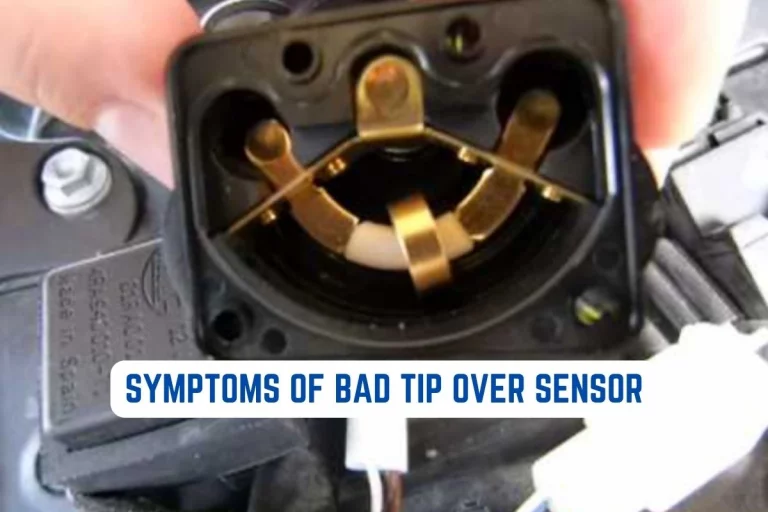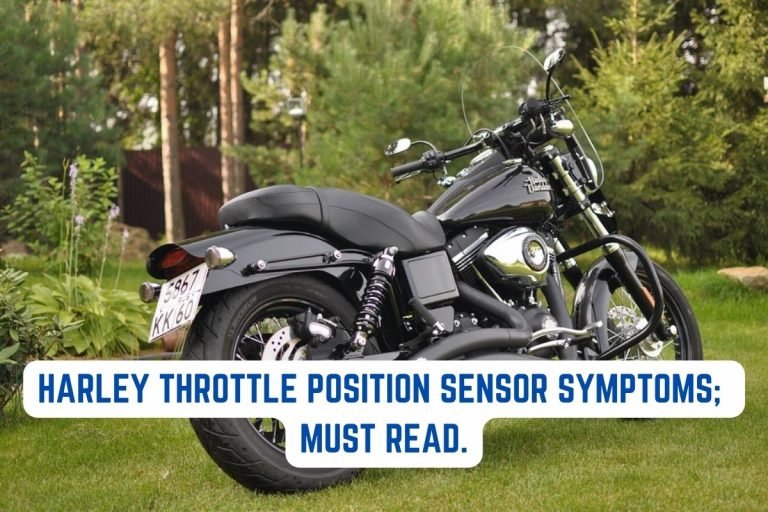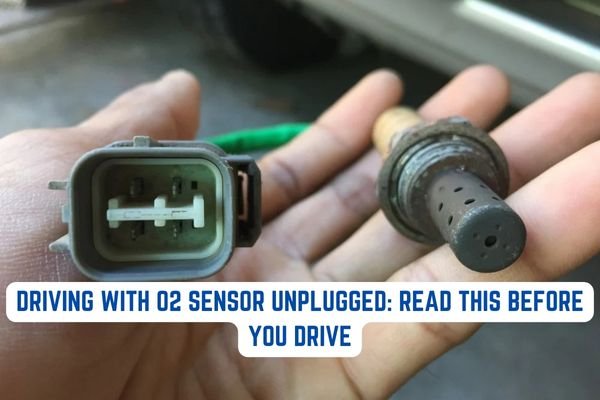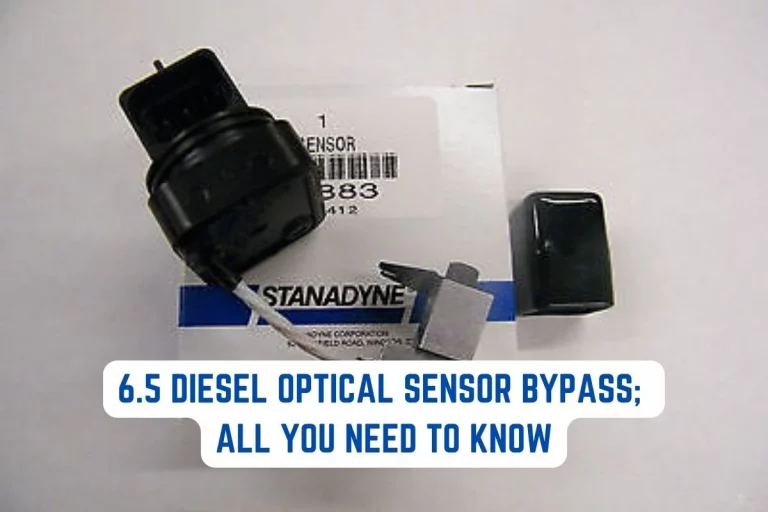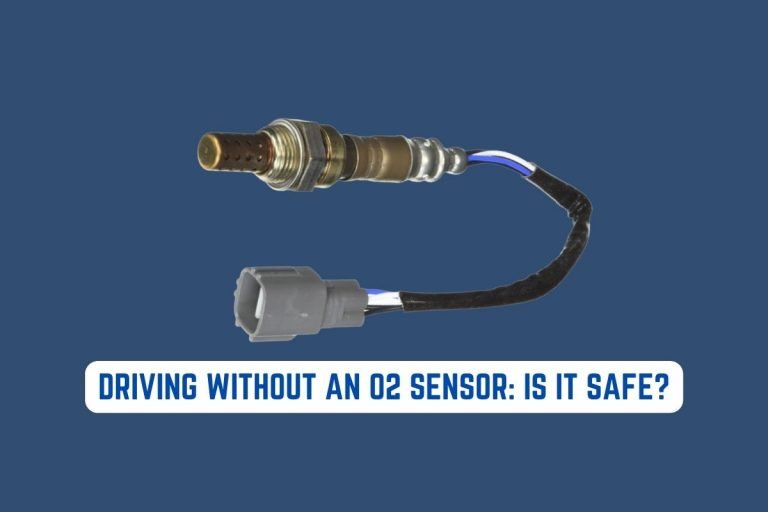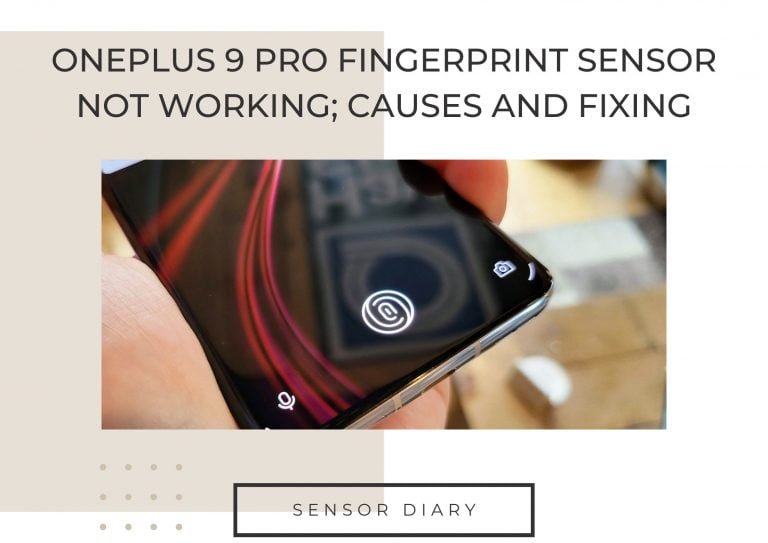What To Do After Replacing Camshaft Sensor?
After changing the sensor, don’t forget to use a diagnostic scanner to clear the error codes that were stored in the engine controller after the failure. A new sensor should allow the engine to run correctly again if installed properly. In the event of a failure, the sensor itself is not replaceable or repairable.
Do you have to reprogram a camshaft sensor? Evidently, a camshaft position sensor cannot be reset. Therefore, if your camshaft malfunctions, you will need to replace the component.
In this article, we discuss what to do after replacing the camshaft sensor in detail with all the relevant information you need to know. So stick around until the end to find out what you’ve been looking for.
When to replace the camshaft sensor?
Check engine light illumination, stalling, sluggish acceleration, and poor fuel economy are all indications that your camshaft position sensor may be malfunctioning. The days of carburetors and distributors are long gone, replaced by a variety of sensors that assist a car’s computer in maximizing engine performance.
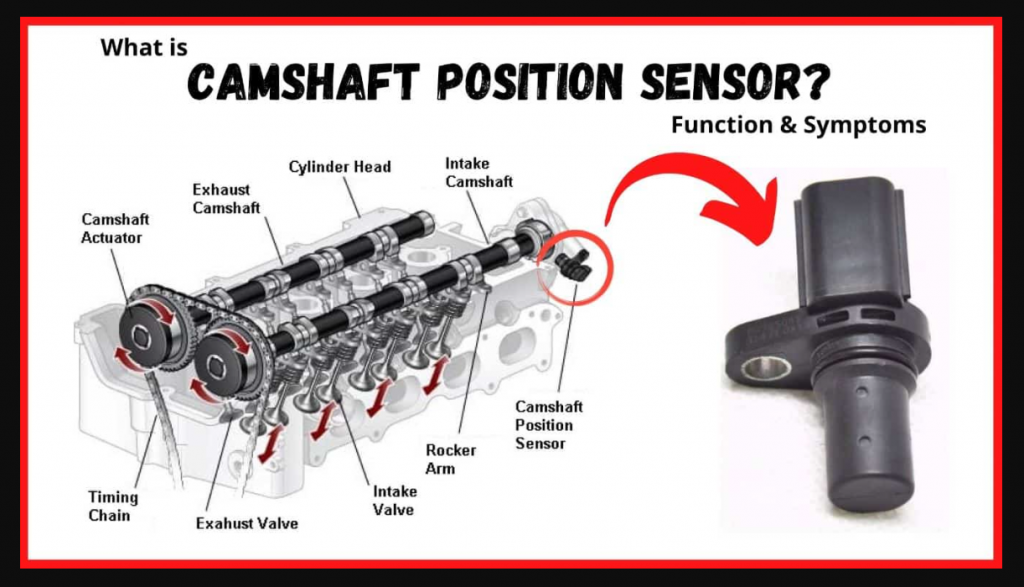
So when your loved vehicle shows one or more of those symptoms, then it is time to take a look at the camshaft sensor and replace it.
And you have to make sure that you keep attention to those symptoms when riding the vehicle to make sure you do the replacements at the right time preventing other severe damage that can happen due to a bad camshaft sensor.
What are the symptoms of a bad camshaft sensor?
As we have already mentioned about the symptoms of a bad CS sensor, then the following are a simple explanation of those symptoms.
- Poor fuel efficiency.
This is the opposite of not providing the engine with enough fuel. In this instance, more fuel is injected into the engine than is necessary as a result of an inaccurate reading from a problematic camshaft position sensor, which lowers fuel efficiency.
- Stalling.
The engine may stall if the fuel injectors are not supplying the right amount of fuel.
- Rough idling.
A malfunctioning camshaft position sensor may be to blame for a rough idling engine. When the engine is idling, this problem is more noticeable.
- Sluggish acceleration
When your camshaft sensor starts to malfunction, your car won’t be able to accelerate very quickly aside from jerking. In some circumstances, you’d be lucky to accelerate past 30 mph. Again, the injectors’ inefficient fuel delivery is the cause of the poor acceleration.
- Hesitation.
A bad camshaft sensor can cause hesitancy when accelerating, which is a common problem.
- Emissions test failure.
A malfunctioning engine will not be able to burn fuel effectively. This might result in more emissions.
6.5 Diesel Optical Sensor Bypass; All You Need To Know.
Sensor Diary
What To Do After Replacing Camshaft Sensor?
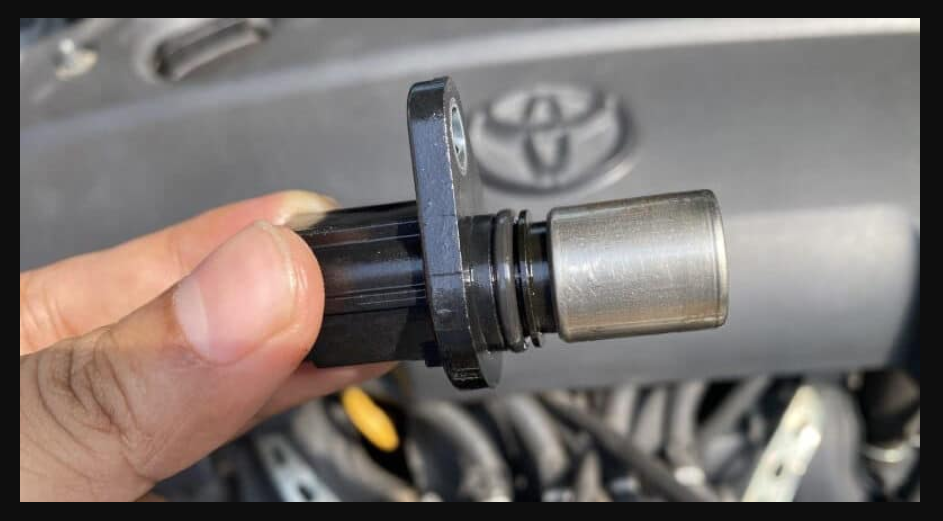
Make sure to examine the engine oil level and quality before replacing the camshaft sensor. The sensor may malfunction if the oil is dirty or low. Be sure to look for any damage in the wiring and connector as well.
Clear the codes and give the car a test drive after replacing the camshaft sensor. If the P0340 error code recurs, there might be additional underlying issues.
An engine control module must recognize this sensor and reset it to factory settings. In order to release any stored charge in the electrical system, I personally replaced the battery in my own car after disconnecting it for five minutes.
Then reattached the battery lead after making sure all connections were secure. the car ran smoothly after the engine was started. Upon returning to the shop, I did plug into a GM scan tool and reset the tune.
Is it hard to replace a camshaft position sensor?
Now, it is not difficult. This is one of those simple tasks that almost anyone can complete on their own, saving you the minimum labor charge (often close to $100) that a dealership or repair shop will impose. Replacing it should take 5 to 10 minutes.
Some related FAQs.
Can you drive with a faulty cam sensor?
Yes, it is safe to drive with a faulty camshaft sensor, but doing so will harm your engine over time. The longer you wait to get it fixed, the more likely you are to experience increased fuel consumption and decreased engine performance.
What codes can a bad cam sensor cause?
A malfunction with the camshaft position sensor A circuit is indicated by error code P0340. Because the underlying issue that caused the code might harm your car’s engine if you keep driving it, this kind of malfunction can result in serious problems that need to be fixed right away.

